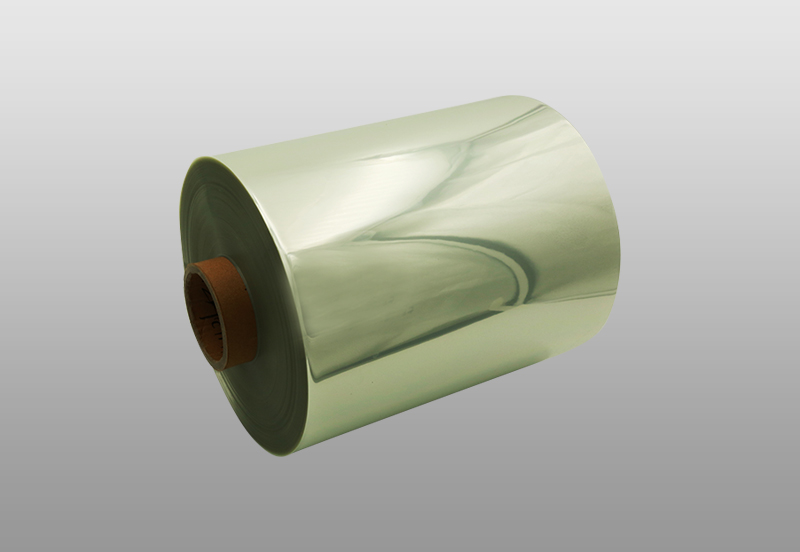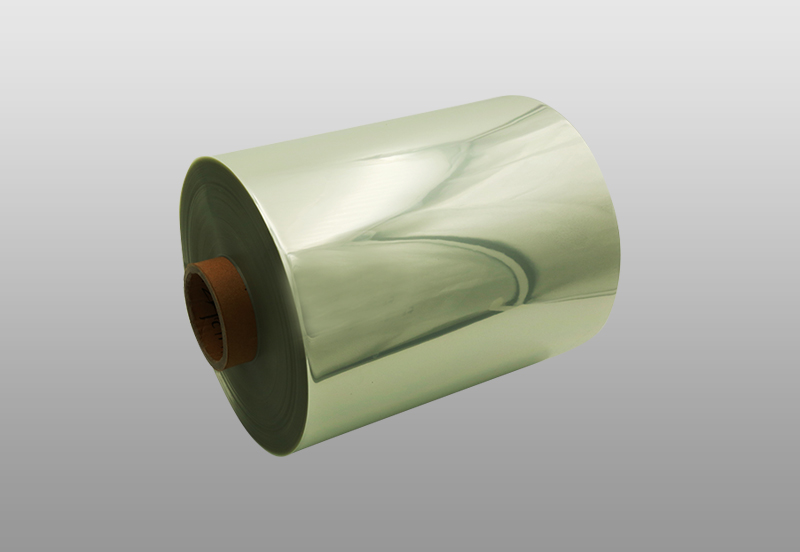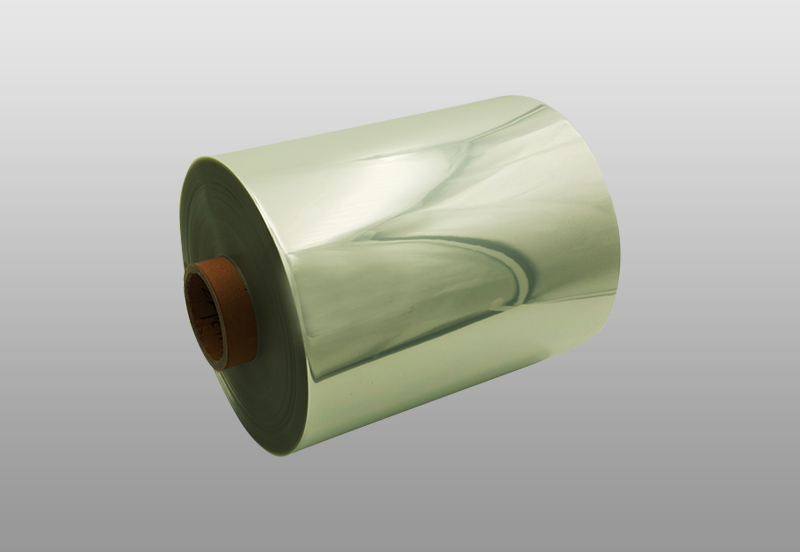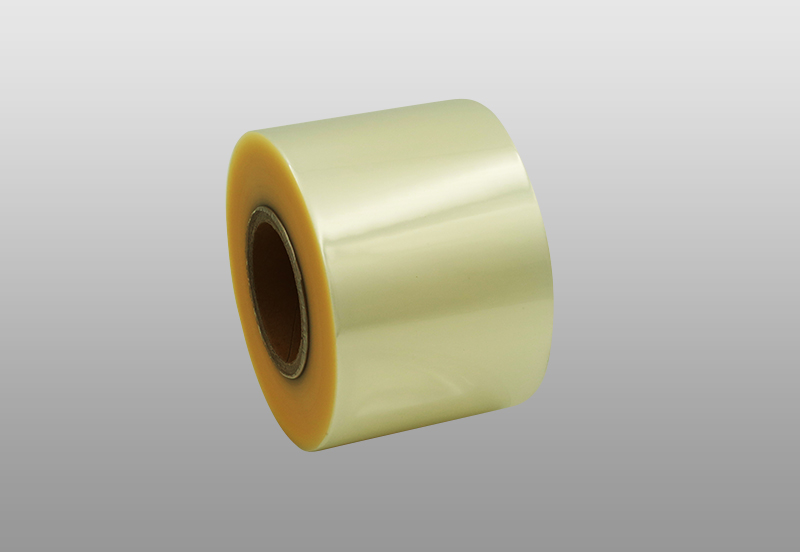⑴ Reduce solvent residues in existing ink products
This is mainly aimed at the special ink for BOPP film. The main countermeasures are: as far as possible, use a binder with good solvent release property, and add additives to facilitate the volatilization of aromatic hydrocarbons. However, since the carrier system itself determines that aromatic hydrocarbons cannot be eradicated, this is a product that must be eliminated from the perspective of environmental protection.
⑵ Non-benzene type ink
In theory, this type of ink does not contain aromatic hydrocarbon solvents, but a small amount of aromatic hydrocarbon solvents will be mixed with more or less in the storage, transportation, manufacturing process and use process of raw materials.
(3) Alcohol-soluble ink without benzene and ketone
Due to stricter solvent residue requirements, this type of ink does not contain aromatic hydrocarbons and ketone solvents, but only contains ester and alcohol solvents. It has the characteristics of low odor and high ink brightness. Its application will definitely improve the gravure printing in the field of packaging and printing. Competitiveness.
⑷ Universal ink
The ink used by flexible packaging enterprises is basically one type of ink corresponding to one substrate, and the inks used for various substrates cannot be used universally, resulting in an increase in the variety of ink inventory in flexible packaging enterprises, difficult management, many on-site operation procedures, and difficult to digest residual ink, etc. question. How to recycle the remaining ink is one of the important issues faced by flexible packaging gravure enterprises. Universal inks can effectively solve the above problems, are suitable for a wide range of film materials, and can also bring benefits to the standardized management of color.
⑸ water-based ink
The water-based ink avoids the pollution of volatile organic compounds, improves the printing operation environment, and is beneficial to human health. It is especially suitable for the packaging of food, beverages, medicines and other products with high hygienic requirements. In addition, it reduces fire hazards due to static electricity and flammable solvents, and reduces residual solvent odors on printed surfaces. Water-based inks have been widely used in paper printing, but there are still a series of problems for film substrates. Only white inks have entered large-scale applications, while other color inks are gradually entering the market.

 English
English Español
Español русский
русский 简体中文
简体中文






